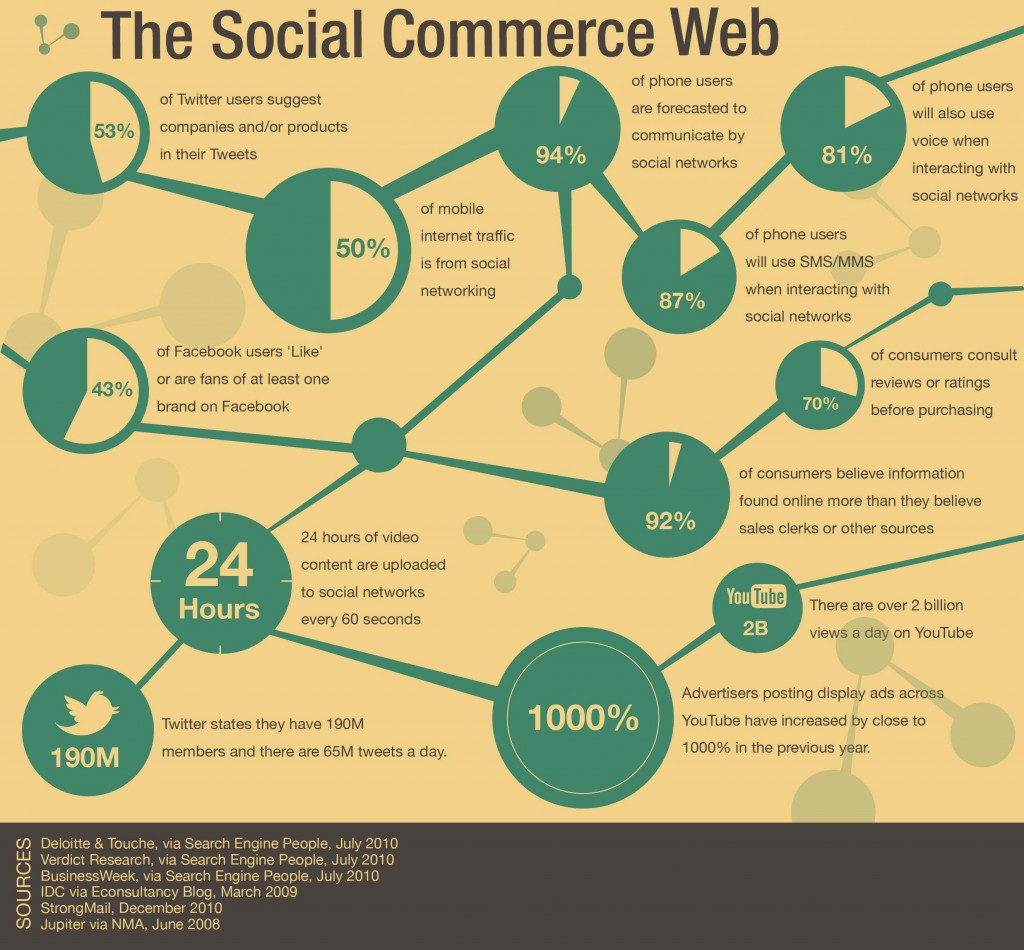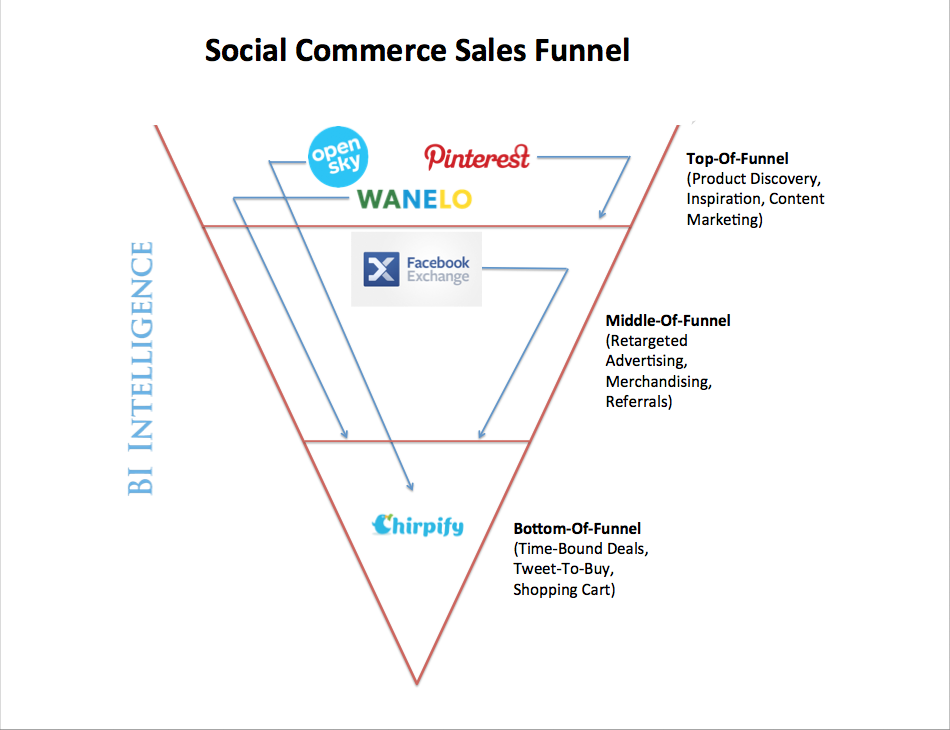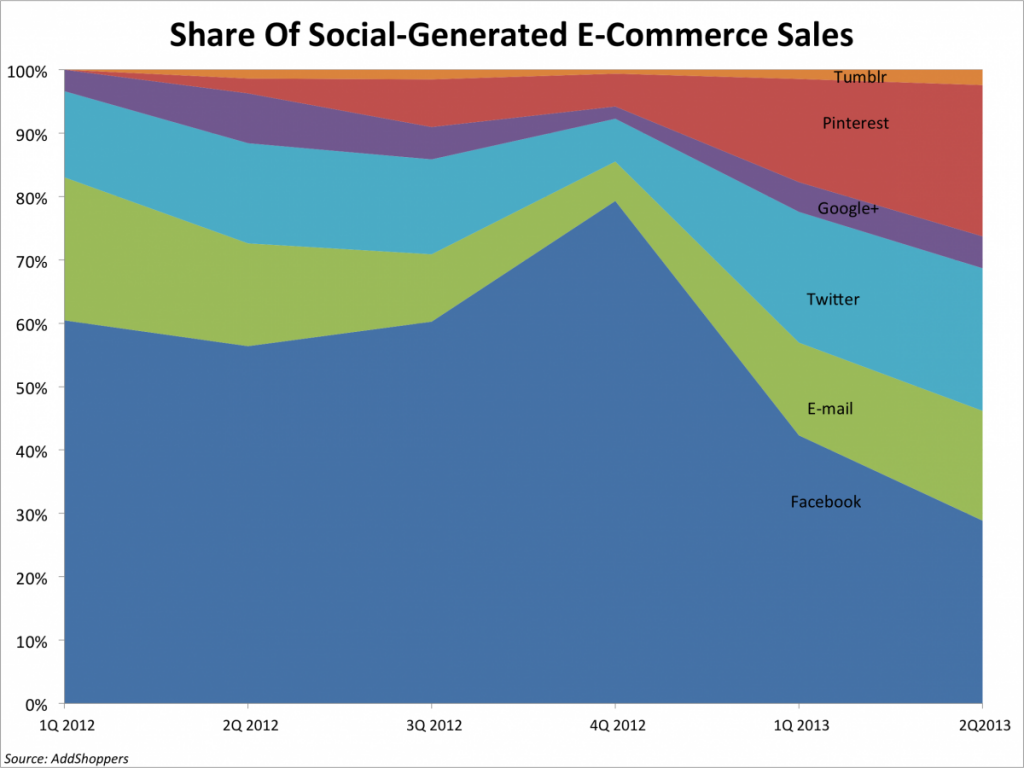For too long, e-commerce has been all about how fast a customer can get in and out of a site to complete a purchase. Immediate gratification has helped turn Amazon into a retail giant. But now, companies are trying a new approach — social commerce.
Social commerce is all about inspiration and product discovery. As shown below, sites like Pinterest, Wanelo, OpenSky, and others belong in the Top-Of-Funnel category, and are more like digital catalogs or virtual malls where shoppers can browse and connect with people interested in the same products and brands. But entrepreneurs and retailers are anxious to transform that interest into sales.
The new report from BI Intelligence analyzes how companies are adding value at different stages of the retail and e-commerce process. To do so they’re building social networks around e-commerce platforms, partnering with brands, or otherwise transforming social commerce’s strengths in Pinterest-style digital window-shopping into a clear value proposition.
Key Takeaways:
Here’s how social commerce companies are driving sales:
- It’s not about click-to-buy: Social commerce is not simply transactional — it’s not just about offering a click-to-buy link next to an offer on Facebook. Social commerce will never be what some have wanted it to be, an “Amazon killer.” It will be about enveloping the shopper in an experience, akin to a digital catalog or a virtual shopping mall.
- What will help social commerce grow as a sales driver? The key is to help connect the funnel end-to-end, or to connect different mediums — say, social media and TV — to help coax a consumer down the funnel. The shopper may not buy the first time, but social commerce will become a valuable link in the chain.
- There are a few ways to encourage purchases: Re-targeted advertising may be one missing link. It enables social commerce to connect the sales funnel from end-to-end by serving ads that remind users of products they have browsed across the Web but have not yet purchased. So far, only Facebook has developed this capability.
- Also: Clever merchandising and user interfaces allow for sticky merchant-to-consumer relationships that can help nudge a consumer toward purchase over time.
- Referrals shouldn’t be discounted: Another solution is for social commerce to develop as a sales referral engine, and take a cut of the sales. If social commerce sites have a large enough audience, even a low referral and conversion rate will result in a good revenue stream. But tracking needs to improve.
- Facebook has the largest share of social-generated e-commerce sales: But Twitter, Pinterest, and Email are catching up in 2013.

Related Links:
The Social Commerce Web @ Killer Infographics

